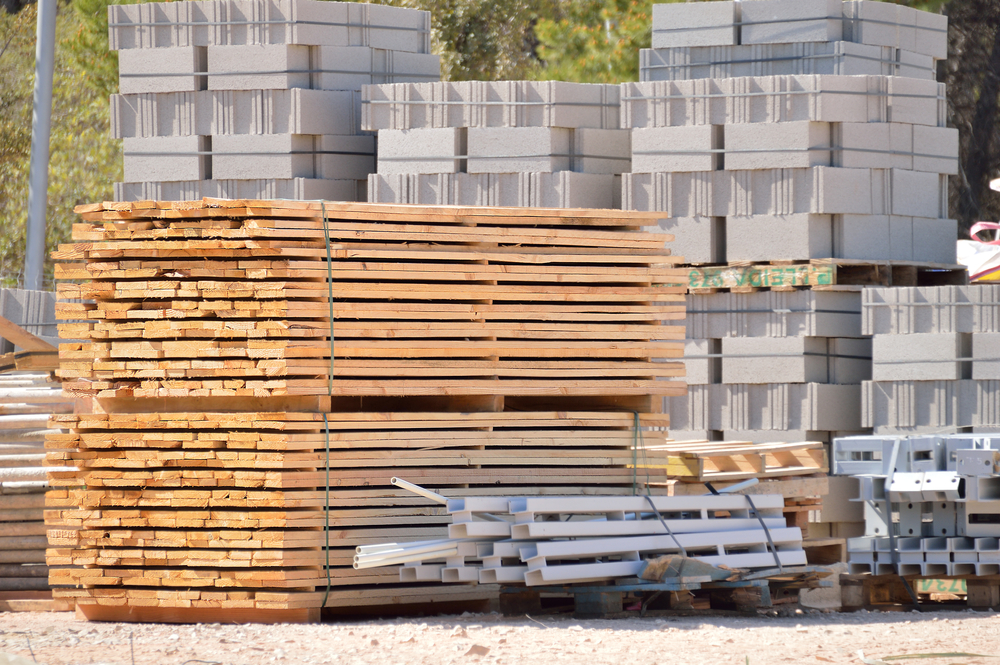Increased inflation in the construction industry forces corporations and small businesses to carefully consider their bids, staffing patterns, and ultimately, the bottom line.
In short, the Construction Employers Association points out, “Two years after the coronavirus pandemic struck, the U.S. construction industry is still experiencing multiple impacts. Unprecedented increases in materials costs, supply-chain disruptions, and an increasingly tight labor market have made life difficult for contractors and project owners alike.”
These challenges have come on the heels of the COVID-19 pandemic, which interrupted everything from production and delivery to staffing work crews and dealing with the supply chain crisis.
Russia’s economic sanctions could cause further inflation, especially in diesel fuel, to make matters more complicated. Inflation was already on the rise for more than a year; the war in Ukraine exacerbated it, much like throwing diesel on a fire. And that diesel fuel costs as much as $2 more per gallon than it did at the same time last year and $3 more per gallon since December 2020.
Three other factors that increased inflation in the construction industry
Everything costs more to produce and deliver. In 2021, a home that cost $300,000 in 2019 now cost $369,000 to build. The reason for the 23% increase? According to the Producer Price Index, inflation has affected every area of construction, especially with these materials:
- fabricated structural metal products, 42%
- iron and steel, 87%
- steel mill products, 127%
- Softwood lumber prices, 24% in one month
When ready for delivery, these products are loaded onto transports and hauled to their destinations. It’s not surprising that those costs are passed on to the consumers.
Construction companies cannot set concrete start or completion dates because deliveries are subject to the supply chain crisis. With typical residential projects completed in less than 12 months and commercial construction in 14 months or more, it’s become nearly impossible to gauge your time on any project.
Combine that uncertainty with the construction unemployment rate, which rose to 7.1% — nearly double that of other industries – and you have the makings of a precarious situation.
Inflation is causing real and valid concerns in the construction industry.
Promising news on the horizon
Having the right people on your team can still make a huge difference. Despite rising costs, the construction industry sees steady expansion and growth. However, finding great candidates in the construction industry to support this growth is still a challenge.
A professional recruiter can reduce your search time and help you hire top candidates quickly by making firm offers when you find the talent you need.
Will your construction firm be one of the organizations that thrive during the increased inflation in the construction industry?







